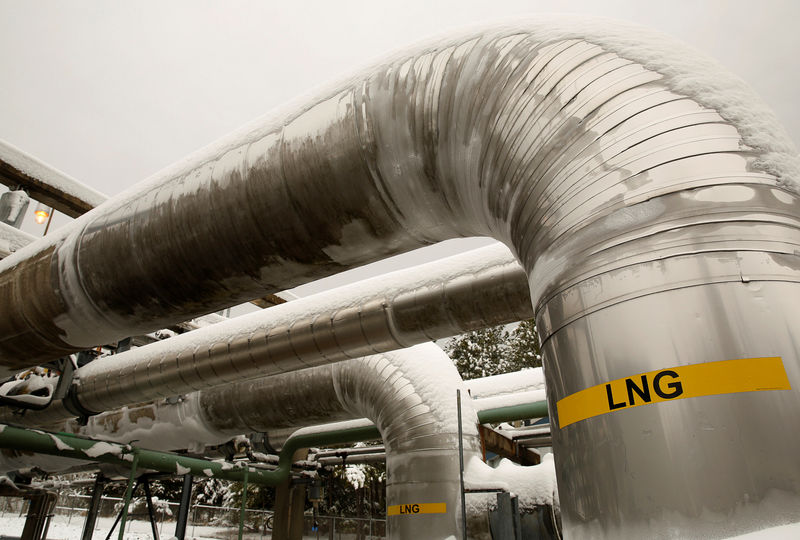Investing.com - Natural gas futures drifted lower on Tuesday, one day after hitting a more than four-week high thanks to lingering winter-like weather conditions.
Front-month U.S. natural gas futures fell around 1.0 cent, or roughly 0.4%, to $2.742 per million British thermal units (btu) by 9:00AM ET (1300GMT). It touched its highest level since March 14 at $2.779 in the last session.
The commodity gained for the fourth session in a row on Monday as a late blast of cooler temperatures across parts of the Midwest and northeast was seen boosting heating demand to above normal levels in the days ahead.
Despite recent gains, market experts warned that futures are likely to remain vulnerable in the near-term as below-normal temperatures in April mean less than they do in January and February.
Spring usually sees the weakest demand for natural gas in the U.S, as the absence of extreme temperatures curbs demand for heating and air conditioning.
Meanwhile, market participants looked ahead to this week's storage data due on Thursday, which is expected to show a draw in a range between 16 and 27 billion cubic feet (bcf) for the week ended April 13.
That compares with a decline of 19 bcf in the preceding week, an increase of 54 bcf a year earlier and a five-year average rise of 38 bcf.
Total natural gas in storage currently stands at 1.335 trillion cubic feet (tcf), according to the U.S. Energy Information Administration.
That figure is 725 bcf, or around 35.2%, lower than levels at this time a year ago, and 375 bcf, or roughly 21.9%, below the five-year average for this time of year.
Record high domestic production levels have overshadowed the fact that stocks in storage are well below their seasonal averages for this time of year.
Production in the lower 48 states averaged a record high 78.7 bcfd over the past 30 days.
